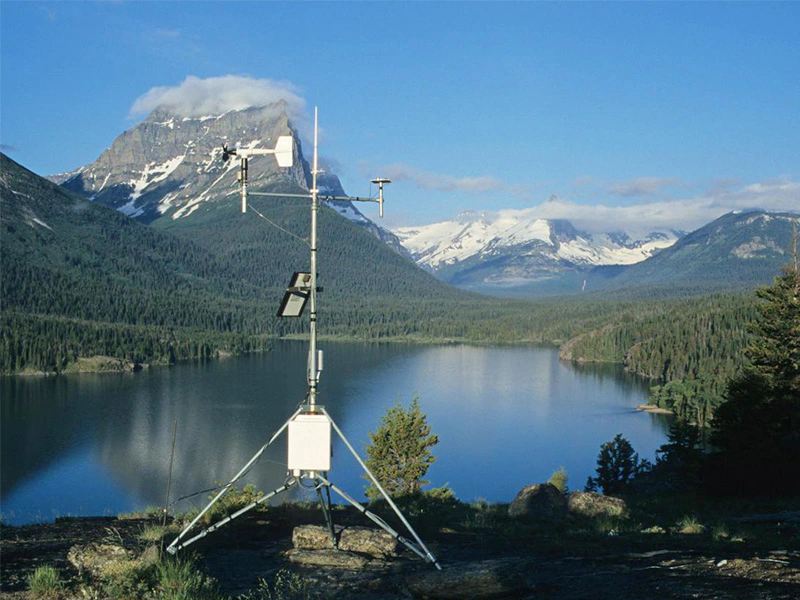
html
Meteorological Station: Essential Infrastructure for Weather Monitoring and Forecasting
Meteorological stations play a crucial role in gathering weather data that is vital for forecasting, climate research, and public safety. These facilities are equipped with specialized instruments to measure atmospheric conditions such as temperature, humidity, wind speed, and precipitation.
Key Components of a Meteorological Station
A standard meteorological station typically includes several core instruments:
- Thermometers for temperature measurement
- Barometers for atmospheric pressure
- Hygrometers for humidity levels
- Anemometers for wind speed
- Rain gauges for precipitation measurement
Importance of Meteorological Data
The data collected from these stations serves multiple critical purposes:
Weather Forecasting: Meteorologists use the data to predict short-term weather patterns and issue warnings for severe conditions.
Climate Research: Long-term data collection helps scientists understand climate change patterns and trends.
Agriculture: Farmers rely on weather data to make decisions about planting, irrigation, and harvesting.
Types of Meteorological Stations
There are several classifications of weather stations based on their location and purpose:
| Type | Description |
|---|---|
| Surface Stations | Ground-based facilities that measure conditions at Earth’s surface |
| Upper-air Stations | Use weather balloons to collect atmospheric data at higher altitudes |
| Automatic Stations | Unmanned stations that transmit data automatically |
| Marine Stations | Located on ships or buoys to monitor oceanic weather conditions |
Technological Advancements
Modern meteorological stations have benefited from significant technological improvements:
Automation: Many stations now operate without human intervention, transmitting data in real-time via satellite or internet connections.
Remote Sensing: Advanced radar and satellite systems complement ground station data for more comprehensive weather monitoring.
Data Integration: Computer models can now process information from thousands of stations worldwide to create accurate global weather forecasts.
Challenges and Future Directions
While meteorological stations provide invaluable data, they face several challenges:
- Maintaining equipment in harsh environments
- Ensuring data accuracy and consistency
- Expanding coverage in remote areas
- Integrating with emerging technologies like AI and IoT
As climate change makes weather patterns more unpredictable, the role of meteorological stations will only grow in importance for protecting lives and property through accurate weather monitoring and forecasting.
Keyword: meteorological station